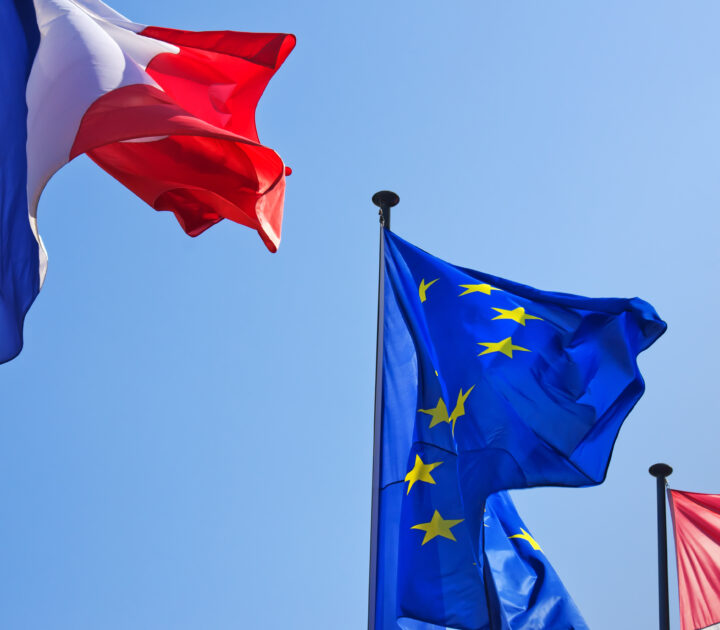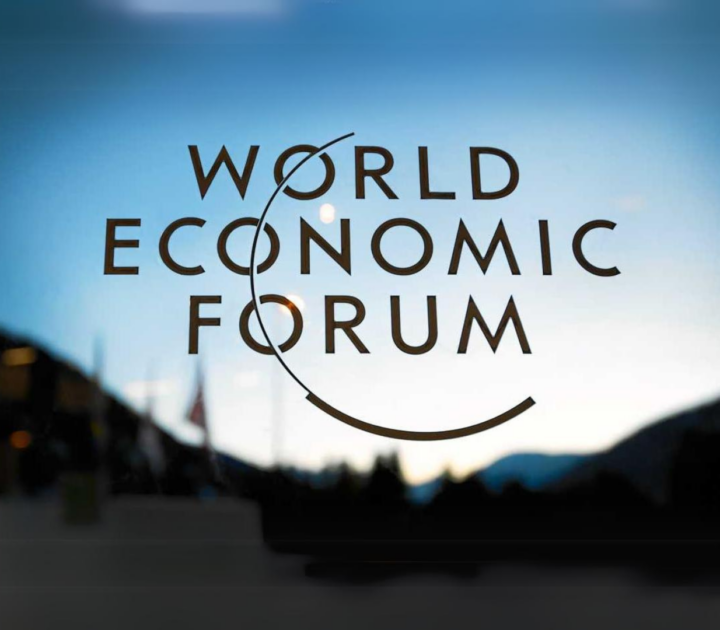How cohesive a society is depends on the attitudes that manage the relationships among different social groups. Yet, these relationships are often dominated by a majority group or coalitions of similarly minded groups over at least one dimension. Thus, other groups may find that their opportunities are compromised because of gender, race or religion. Social justice aims at assigning rights to different groups and safeguarding equal opportunities to individuals irrespective of age, ethnicity, religious orientation, gender or sexual preferences.
The achievement of social justice is a powerful undertaking for the peaceful existence of countries around the world as well as for the inclusive cohabitation of groups within societies. The UN describes it as the “underlying principle for peaceful and prosperous coexistence within and among nations.” A globalized world, an increased awareness among different groups, and the quest for sustainable development worldwide have intensified the pursuit and calls for social justice. Thus, in the recent Oscars awards ceremony we heard pleas to end racism and focus more on climate change. This call, however, is not only embraced by celebrities. The President of the Ford Foundation, Darren Walker, suggested that businesses should plan for ‘good’ as well as profits while a couple of years ago, the CEO of BlackRock, Laurence Fink, used his annual correspondence with the shareholders to emphasize the importance of businesses to take into consideration all the stakeholders including the community they are a part of.
To increase awareness and place the importance of the topic in context, the UN has decided to name the 20th of February as World Day for Social Justice. To commemorate this day, the current issue of the Criterion of the Month explores the Center’s data related to social justice for the countries we study.
Societal framework is a sub-factor of the Government Efficiency pillar for competitiveness. It captures issues related to justice and social cohesion, gender and income inequality as well as ageing of the population and political instability. Figure 1 provides a wealth of information related to this sub-factor. On the left is the ranking position and name of the country from Norway, the highest ranked economy, to Venezuela. For each economy we provide the highest and the lowest ranked criteria while the white bar indicates the mean ranking of all the criteria. In this setup, it is easy to identify the strength of an economy as well as the area that needs improvement.
The highest ranked economies of the sub-factor are Nordic countries: Norway, Denmark, Sweden and Finland hold the top four positions with Iceland being sixth. Singapore and New Zealand are the only non-European economies in the top ten of this sub-factor. In five economies the strength is centered in addressing the gender gap. The remaining economies’ strengths are related to justice and safety. In seven countries, the weakest criterion is related to the ageing of the society; an issue that may have negative implications for the growing of these economies. One of the remedies, migration, requires careful consideration due to different approaches in several European economies in the last decade.
At the other end of the ranking, half of the lowest ten positions are captured by economies from Latin America. The other half are India, Russia, Ukraine, South Africa and Turkey. Half of these economies struggle with safety and security as denoted from the high number of homicides. The remaining half are related to gender inequality, social cohesion, and political instability. What is promising is that these economies are dominated by young people. In seven out of ten economies the strength is the low percent of people above the age of 65 in the total population. Yet, in order to use this strength for the growth and development of their economy, these countries must strengthen the elements related to social justice: address the gap of inequality related to gender and income, and foster an inclusive environment to businesses and society.
Figure 1. Societal Framework: Strongest and weakest criteria per economy, 2019
“Social Cohesion” is a criterion that reflects the essence of social justice. It attempts to capture how “connected” different groups of people are in an economy. Note that cohesion does not imply that the different groups are the same. It underscores that groups of distinct characteristics related to ethnic background, race or gender among others, have strong bonds and care for the society as a whole and not just for the individual group.
Figure 2 captures the evolution of the responses we received from mid- and high-level executives to the strength of social cohesion in the economies they operate. Given that the World Day for Social Justice was established in 2008, we study the improvement of social cohesion between 2008 and 2019. The vertical axis of Figure 2 captures the difference in perception between these two years. The horizontal axis presents the 2019 responses.
We take the mid points of the two axis and we identify four areas of interest. The upper two areas capture the economies that have improved between 2008 and 2019. The Asian economies, Japan, Korea, Indonesia, Taiwan and Malaysia have recorded the highest improvements.
The upper part of the figure can be divided in two areas. The one on the right depicts the economies that not only improved their ranking, but they are currently performing well with the countries outlined above being the leaders.
Figure 2. Evolution in perceptions about social cohesion, 2008-2019
The lower part of Figure 2 depicts economies that realized a decline in social cohesion. The group to the right consists of countries that have strong responses on social cohesion. The economies that need to revisit certain aspects of the ties that hold the society together are in the lower left part. The Americas are heavily represented in this segment with Colombia, Brazil and Peru being in the lowest positions as well as the United States of America which exhibits a large decline.
The UN suggests that social justice is a prerequisite for sustainable development and therefore, for the improvement of the quality of life of the citizens of a country. To put it differently, strengthening the societal fabric and promoting socially inclusive policies are steps to embark in sustainable development. Not to mention their contributions to paving a solid space, a “bridge,” to move forward even when experiencing turbulent times.

![Adapting, innovating, and learning from failure, with Zhike Lei [Podcast]](https://www.imd.org/ibyimd/wp-content/uploads/2024/01/IbyIMD-Cards-5_3-1250x725-1-720x630.png)




